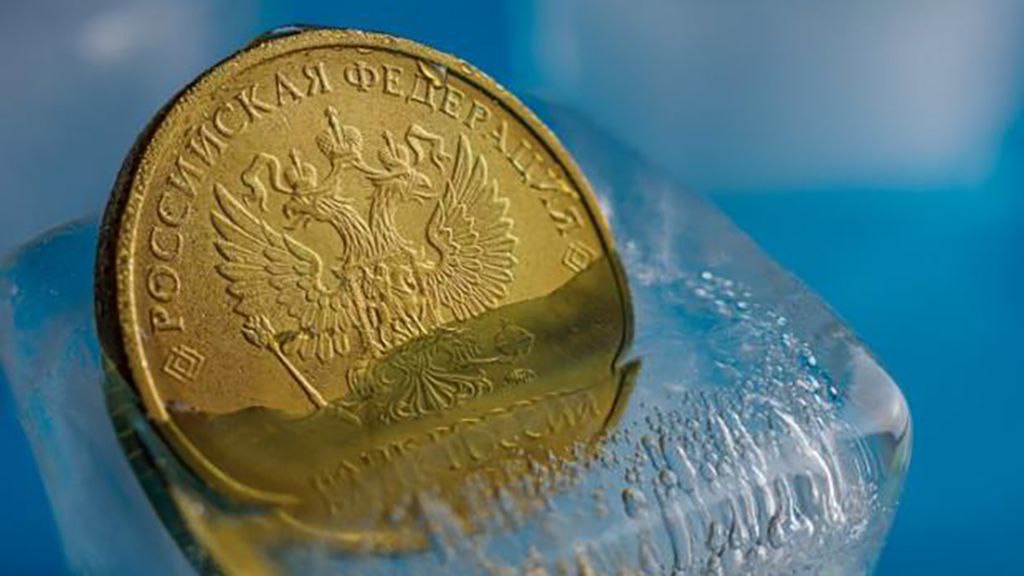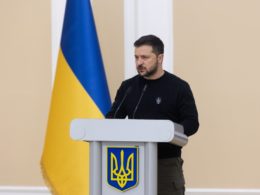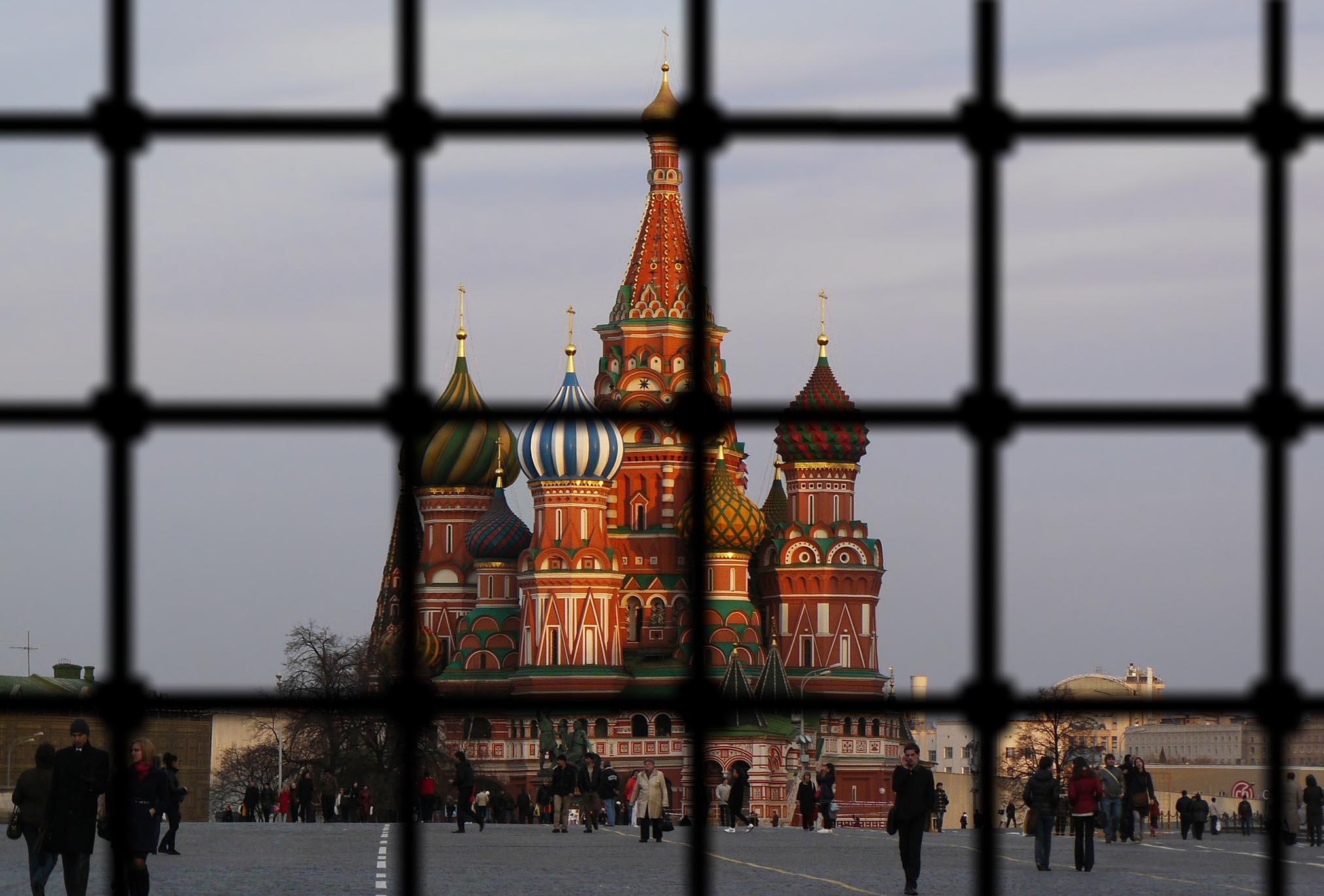In an effort to secure financing for Kyiv beyond 2024, G7 finance ministers have backed the idea of issuing a loan to Ukraine, secured by profits on frozen Russian assets.
Ministers’ discussions were based on a US proposal that circulated ahead of the gathering in Stresa, Italy, to issue a loan of about $50bn to be repaid with profits from around €190bn Russian central bank assets. The Russian assets are stuck in Belgian central securities depository Euroclear.
As reported by Financial Times, the ministers said they were “making progress” on options to “bring forward”
the profits, according to a draft communique seen by the Financial Times. They added that G7 leaders would be presented with options for how to construct the loan ahead of a summit in June.
The G7 — a grouping of advanced economies that includes all of Ukraine’s big western allies — wants to future-proof funding for Kyiv beyond this year, when critical elections take place on both sides of the Atlantic.
Many details of the loan are yet to be agreed, including the amount, who would issue it and how it would be guaranteed if Ukraine defaulted on its debt or if the profits fail to materialize, according to people familiar with the discussions.
Europeans are particularly concerned with “fair-risk sharing”, an official said, fearing Europe would bear the brunt of the financial and legal risks and retaliatory action by Russia because the majority of the assets are held on the continent.
The EU approves
Earlier this month it was announced that EU foreign ministers approved using proceeds from frozen Russian Central Bank assets to support Ukraine, with 90% allocated to military aid. Proceeds could reach $3.25 billion this year.
Earlier, the EU faced hurdles in agreeing to use proceeds from frozen Russian assets for Ukraine and considered
allowing neutral member countries to opt out of using these funds for weapons, limiting their contributions to humanitarian aid, according to Politico sources.
So far, only proceeds from the frozen Russian accounts will be used, as seizing the Russian central bank assets for immediate reparations is currently ruled out.
Earlier, Washington proposed mobilizing frozen Russian assets to provide a large loan to Ukraine, with interest paid from the assets’ annual profits, rather than seizing or confiscating them.
Read more:
- Minister: EU foreign ministers approve frozen Russian assets proceeds use to help Ukraine
- G7 considers 30 bn Ukraine loan using frozen Russian assets
- Politico: Zelenskyy eyeing D-Day, G7 to rally more Western support against Russia
- Germany ready to use revenues from frozen Russian assets for Ukraine aid, ministry sources told Reuters




